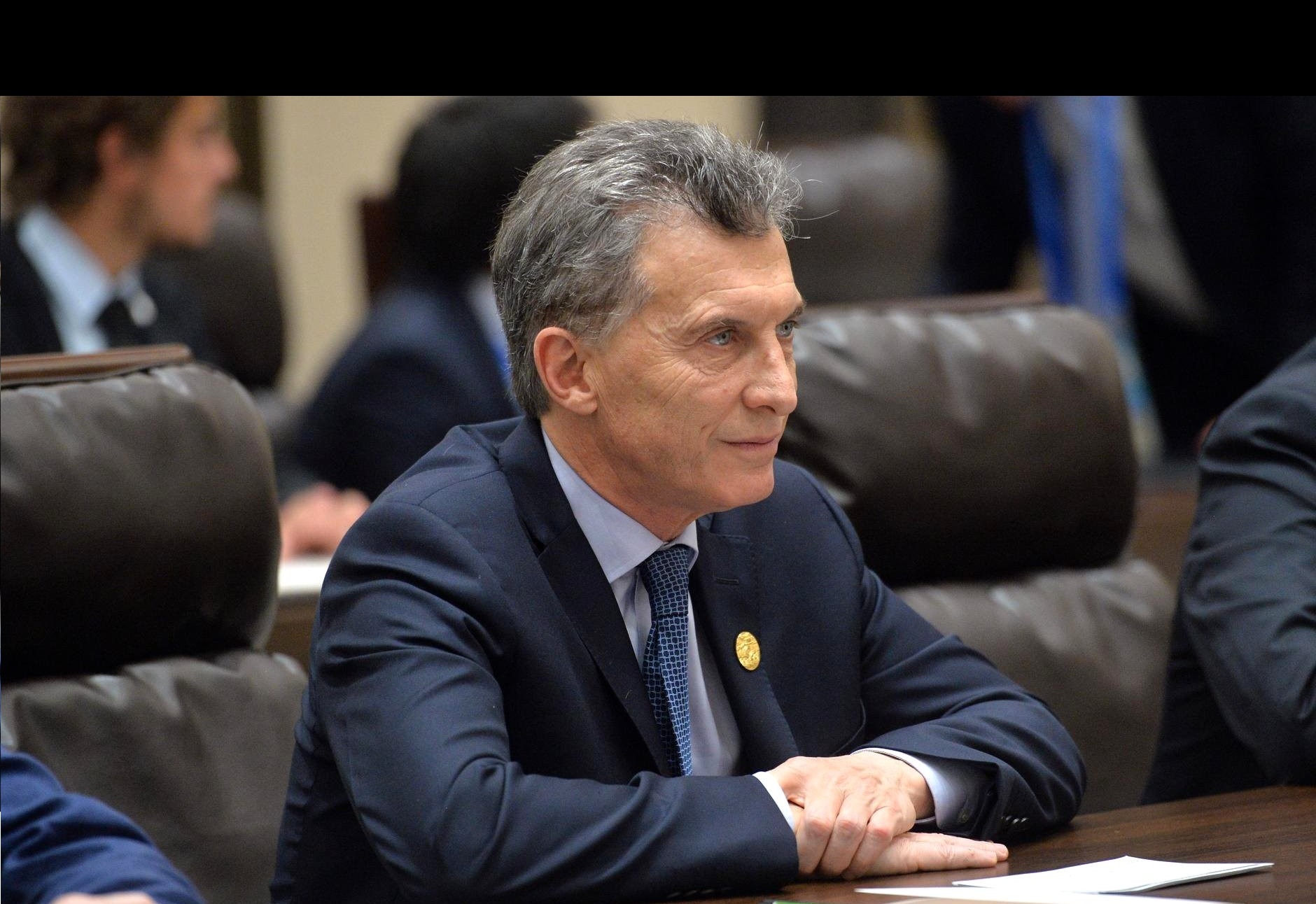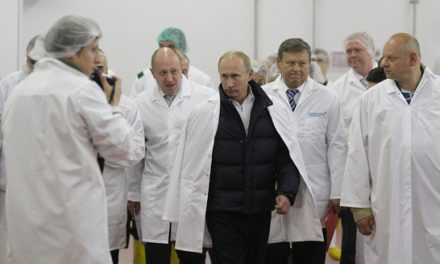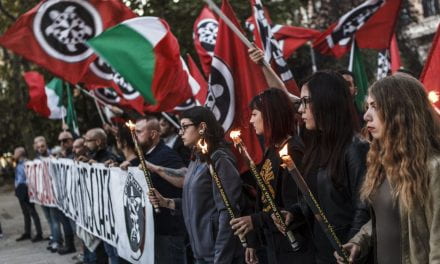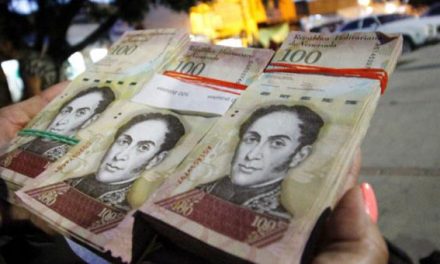By: Harry Nitzberg*
On October twenty-third, President Mauricio Macri’s “Cambiamos” (“Let’s change”) coalition was able to hold back attempts of a center-left comeback in Argentina’s midterm elections. Cambiamos’ electoral victories removed the opposition’s best tool to stall Macri’s economic reforms, their super majority which allowed them to block presidential vetoes.[1] Many see this victory as a vote of confidence in Macri’s job performance.[2] After having lost by only three percent of the vote in the 2015 presidential race,[3] and after disastrous results in the aftermath of removing capital controls on the Argentinian Peso,[4] the opposition viewed the midterm elections as a beacon of hope. But with wide Cambiamos victories, many of those critics were forced to retreat into the shadows. At face value, it therefore appears that Cambiamos was able to hold back a center–left resurgence (called Pink Tide in Latin America). However, at closer view, there are cracks in Macri’s dam that let some of the tide in.
To plug the holes and prevent future leaks, Macri must take a sober look at the results of the elections and what his actions as president have wrought over the last two years and if need be, rethink his policies. In the mid-term elections, his predecessor and political rival, former president Christina Fernandez de Kirchner (CFK), managed to secure a seat in the senate, granting her the immunity against prosecution bestowed upon all Argentinian senators. Attempts by Macri’s allies to convict Kirchner of alleged graft[5] will be staved off until her term ends. Worse yet, Macri’s party failed to gain a majority in the Argentinian senate or in the Chamber of deputies.[6] In the economic realm, during Macri’s first year in office (2016) Argentinian GDP per capita fell almost one thousand dollars (USD),[7] GDP fell almost 40 billion dollars (USD)[8] (a steeper fall than Argentina went through during the world financial crisis of 2008[9]), and unemployment rose from 6.5% to 8.5%.[10] A teacher’s strike and protests forced Buenos Aires province to increase teachers’ salaries by 24%.[11]
Macri has made it clear that his proposed antidote for these economic ills are free market reforms. After Cambiamos’ victories in October, he said that he hopes to continue his coalition’s momentum by seeking reforms in tax, education and labor.[12] As with any economic reforms, there are winners and losers. While much of the Argentinian middle class,[13] economic elites, and foreign investors[14] look forward to liberalization of the economy, most of the Argentinian working class has felt left behind.[15] Under the presidency of President Christina Fernandez, Argentinians in the lower classes had been supported by social spending.[16] Under Macri, by contrast, many tariffs that protected local industry have been eliminated,[17] utility rates have risen due to cuts in the energy subsidies[18], and high inflation has cut into real wages and raised consumer prices[19]. With poor economic outcomes for lower income Argentinians, Macri and his supporters are banking on one key term in free market economics, the long run.
Macri has mimicked the “long run” argument that many of his free market espousing peers and predecessors have promised before. They argue that free market reforms will aid the economy and individuals of all economic classes in the long run by reeling in inflation and encouraging foreign (and domestic) investment. The middle and lower classes are aided in the long run by the reducing inflation, which he argues will lead consumer prices to decrease and real wages to increase. Furthermore, increased foreign and domestic investment will supposedly lead to more available jobs. Investment is encouraged domestically by decreasing taxes on economic elites and businesses with the assumption that they will reinvest the money that would have gone to taxes on expanding their businesses and increasing wages.
Foreign investment meanwhile, will be encouraged by reducing trade barriers, privatizing government business and liberalizing capital. Liberalizing capital is accomplished by removing laws that limit free flow of capital in and out of countries (buying and selling currencies internationally) as Macri did in 2016.[20] After being elected, Macri did in fact reduce trade barriers by decreasing tariffs[21] and rolling back subsidies. The idea is that foreign investors will be more willing to invest in a country if they can freely bring some of their capital back to their home country, competition is fairer without subsidies preventing businesses from entering markets, and decreasing tariffs makes it easier to import capital needed for production (machines used in production or inputs). The problem is that all of these effects do not occur immediately and as such they often have negative effects in the short run as Macri’s policies in the past year have shown.
In order to implement policies successfully (i.e for them to last past the next elections), Macri must walk a tightrope between keeping the lower classes happy in the short term and simultaneously creating reform that will help the Argentinian economy grow in the long run. This tightrope walk is necessary because it ground’s economists’ theories of long run outcomes in short-term reality. If elections were not held so frequently in Argentina (presidential elctions occur every 4 years and congressional elections every two years), arguably politicians would have to think much less about the possible short term negative externalities of their policies before proposing them. But because they do, politicians must show restraint in implementing economic reforms that have a real impact on people’s day-to-day lives.
For Macri, even though results of Argentinian midterm elections have broadly been interpreted as a green light for him to continue economic reform, if he truly wants long-term economic growth in Argentina, he must show restraint in his implementation of economic reforms in the future. Safeguards must be put in place for the lower and middle classes of society to buffer them against negative effects of his policies. Those buffers might come in the form of some sort of social safety net for those that may lose their jobs as subsidies, tariffs and quotas are removed. They might also come in the form of food stamps or subsidies for low income families to allow them to cope with rising food prices. In any case, some type of government buffer must exist for the lower and middle classes because adverse short term effects of market deregulation and motary policy changes are inevitable.[22] If Macri does not take this route and chooses to continue the kind of careless economic reform that caused the Argentinian economic crisis of 2002,[23] he will find himself out the job come the next election cycle and he will only have himself to blame.
[1] Garrision, Cassandra, and Hugh Bronstein. 2017. Macri’s coalition sweeps Argentina’s mid-term vote. October 22
[2] Associated Press. 2017. Argentinian president Macri vows ‘many reforms’ after strong election result. October 24.
[3] Davies, Wyre. 2015. Conservative Mauricio Macri wins Argentina presidency. November 23
[4] Steinberg, David A., and Stephen C. Nelson. 2016. Here’s why Argentina’s new president Macri let the peso crash. January 4.
[5] Ibid.
[6] Deutsche Press-Agentur. 2017. Macri’s coalition defeats Peronists in Argentinian poll. October 23.
[7] World Bank. 2016. GDP Per Capita (US$) | Data.
[8] World Bank. 2016. GDP (current US$).
[9] Ibid.
[10] Central Intelligence Agency. 2016. The World Factbook. https://www.cia.gov/library/publications/resources/the-world-factbook/geos/ar.html
[11] Reuters. 2017. Argentina 2017 inflation seen at 21.6 percent, above central bank target. July 4
[12] Associated Press. 2017. Argentinian president Macri vows ‘many reforms’ after strong election result. The Guardian. October 24. Accessed December 3, 2017. https://www.theguardian.com/world/2017/oct/24/argentina-president-macri-reforms-election
[13] Davies, Wyre. 2015. Conservative Mauricio Macri wins Argentina presidency. BBC. November 23. Accessed December 3, 2017. http://www.bbc.com/news/world-latin-america-34897150.
[14] Mander, Benedict. 2017. Macri resists pressure to ease Argentina reforms. Financial Times. April 12. Accessed December 3, 2017.
[15] Associated Press. 2017. Argentinian president Macri vows ‘many reforms’ after strong election result. The Guardian. October 24. Accessed December 3, 2017. https://www.theguardian.com/world/2017/oct/24/argentina-president-macri-reforms-election.
[16] Garrision, Cassandra, and Hugh Bronstein. 2017. Macri’s coalition sweeps Argentina’s mid-term vote. Reuters. October 22. Accessed December 3, 2017. https://www.reuters.com/article/us-argentina-election/macris-coalition-sweeps-argentinas-mid-term-vote-idUSKBN1CR04Q.
[17] Associated Press. 2017. Argentinian president Macri vows ‘many reforms’ after strong election result. The Guardian. October 24. Accessed December 3, 2017. https://www.theguardian.com/world/2017/oct/24/argentina-president-macri-reforms-election.
[18] Reuters 2017. 2017. UPDATE 2-Argentina again hikes electricity rates to trim deficit. January 31. Accessed December 3, 2017. https://www.reuters.com/article/argentina-electricity/update-2-argentina-again-hikes-electricity-rates-to-trim-deficit-idUSL1N1FL11N.
[19] Reuters. 2017. Argentina 2017 inflation seen at 21.6 percent, above central bank target. Reuters. July 4. Accessed December 3, 2017. https://www.reuters.com/article/us-argentina-inflation/argentina-2017-inflation-seen-at-21-6-percent-above-central-bank-target-idUSKBN19P2K9.
[20] Steinberg, David A., and Stephen C. Nelson. 2016. Here’s why Argentina’s new president Macri let the peso crash. The Washington Post. January 4. Accessed December 3, 2017. https://www.washingtonpost.com/news/monkey-cage/wp/2016/01/04/heres-why-argentinas-new-president-macri-let-the-peso-crash/?utm_term=.9d1ea0765d4f.
[21] Associated Press. 2017. Argentinian president Macri vows ‘many reforms’ after strong election result. The Guardian. October 24. Accessed December 3, 2017. https://www.theguardian.com/world/2017/oct/24/argentina-president-macri-reforms-election.
[22] Ghironi, Fabio, Giuseppe Fiori, Duval Romain, and Matteo Cacciatore. 2016. “Short-term pain for long-term gain: Market deregulation and motary policy in small open economies.” Journal Of International Money and Finance 358-385.
[23] Daniel, Luna. 2001. Argentina’s Crisis Explained. Time. December 20. Accessed December 3, 2017. http://content.time.com/time/world/article/0,8599,189393,00.html.







